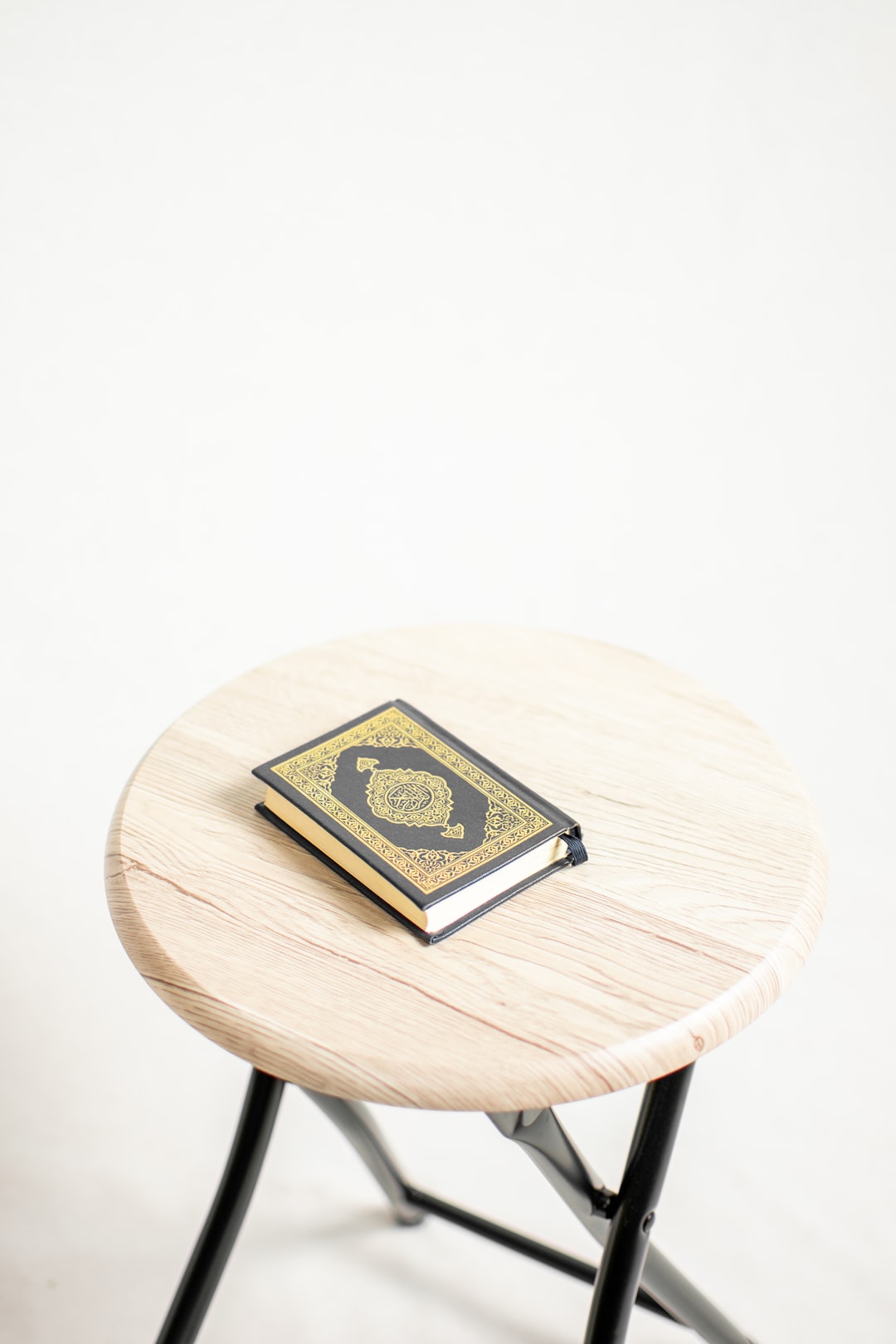Religious clothing and accessories have always played a significant role in expressing one’s faith and spirituality. These symbols hold deep-rooted meanings that connect believers to their religious traditions and serve as reminders of their devotion. From turbans and hijabs to rosary beads and religious medallions, each item holds its own symbolism, telling a unique story and serving as a powerful tool for religious practitioners.
In many religions, clothing is used to distinguish oneself as a follower of a particular faith. For instance, in Sikhism, the turban symbolizes honor, self-respect, and courage. It represents a commitment to upholding moral values and protecting the weak. Similarly, in Islam, the hijab is worn as a modesty and piety symbol for women. It signifies a woman’s dedication to her faith, as well as her desire to maintain her dignity and preserve her inner beauty. These religious garments act as a visual affirmation of one’s religious beliefs within their community, fostering a sense of unity and pride.
Religious accessories such as rosary beads, prayer shawls, and religious medallions also hold significant symbolism. In Christianity, rosary beads are used for prayer and meditation, representing different prayers and providing a tangible focus for believers to deepen their connection with God. They are a tool for creating a meditative state, encouraging reflection, and promoting peace. Similarly, prayer shawls are worn during prayer in Judaism. They serve as a metaphorical embrace from God, providing comfort and peace to the wearer. These religious accessories act as a physical connection with the divine, helping believers find solace and spiritual guidance.
Religious symbols and clothing not only hold personal meaning but also communicate important messages to others. They serve as a statement of faith, initiating conversations and promoting understanding between people of different religious backgrounds. By wearing religious symbols and clothing, individuals can create opportunities for dialogue and education, fostering tolerance and respect.
However, it is important to note that religious clothing and accessories are not just mere fashion statements. They should be treated with reverence and respect, as they carry deep spiritual significance. It is crucial for outsiders to be mindful of this and approach such symbols with sensitivity.
In conclusion, religious clothing and accessories are not only garments or adornments but bearers of deep symbolism and meaning. They hold personal significance for individuals, expressing their commitment to their faith and acting as visual affirmations of their religious beliefs. Furthermore, these symbols facilitate dialogue and promote understanding between different religious communities. By recognizing and respecting the symbolism of religious clothing and accessories, we can celebrate diversity and foster an environment of acceptance and tolerance.

